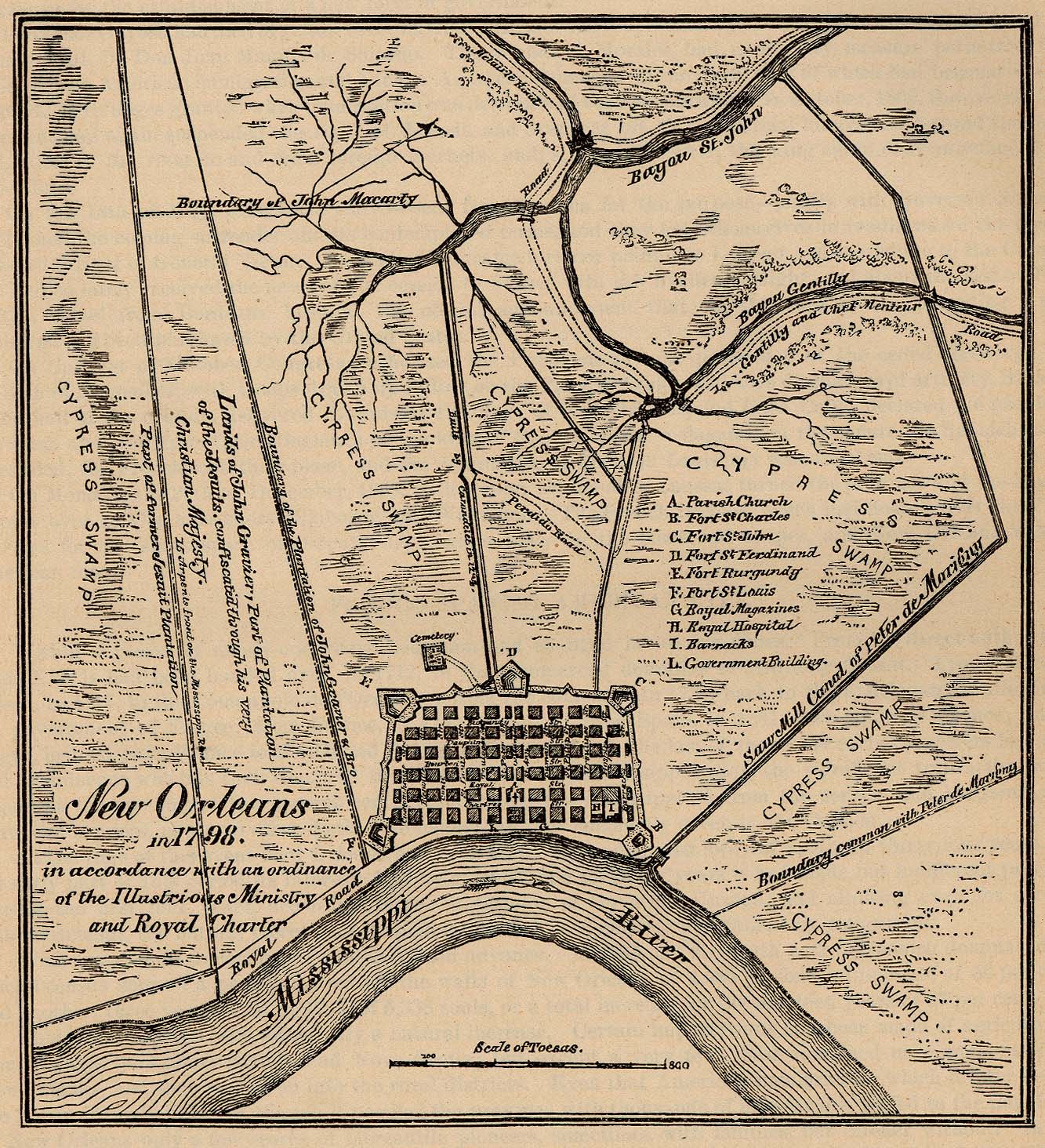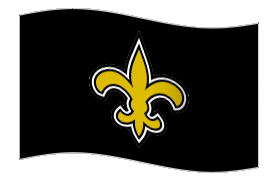|
|
|
| |
The Founding of
New Orleans ( New France)
|
|
|
|
|
|
|
The beginning of the Settlement of the Louisiana French Colony and the Creoles of Color
|
La Nouvelle-Orléans
(New Orleans)
founded August 25, 1718,
by the French Mississippi Company, under the direction of Jean-Baptiste Le Moyne de Bienville on land inhabited by the Chitimacha. It was named for Philippe II, Duke of Orléans, who was Regent of France at the time; his title came from the French city of Orléans

|
The Establishment of the Infant Village of New Orleans in 1718, click on picture to enlarge
|
| Click here for history |
|
|
The city is named after Philippe II, Duc d'Orléans, Regent of France, and is one of the oldest cities in the United States. It is well known for its multicultural and multilingual heritage,[5] cuisine, architecture, music (particularly as the birthplace of jazz),[6][7] and its annual Mardi Gras and other celebrations and festivals. The city is often referred to as the "most unique" city in America
. The French colony was ceded to the Spanish Empire in the Treaty of Paris (1763) and remained under Spanish control until 1801, when it reverted to French control. Most of the surviving architecture of the Vieux Carré (French Quarter) dates from this Spanish period. Napoleon sold the territory to the United States in the Louisiana Purchase in 1803. The city grew rapidly with influxes of Americans, French, and Creole French. Major commodity crops of sugar and cotton were cultivated with slave labor on large plantations outside the city.
| |
New Orleans Becomes an American City On February 17,1805
|
| |
|
|
|
The Haitian Revolution of 1804 established the second republic in the Western Hemisphere and the first led by blacks. Haitian refugees both white and free people of color (affranchis) arrived in New Orleans, often bringing slaves with them. While Governor Claiborne and other officials wanted to keep out more free black men, French Creoles wanted to increase the French-speaking population.
As more refugees were allowed in Louisiana, Haitian émigrés who had gone to Cuba also arrived. Nearly 90 percent of the new immigrants settled in New Orleans. The 1809 migration brought 2,731 whites; 3,102 free persons of African descent; and 3,226 enslaved refugees to the city, doubling its French-speaking population. Sixty-three percent of Crescent City inhabitants were now black, as Americans classified people.[13]During the War of 1812, the British sent a force to conquer the city. The Americans decisively defeated the British troops, led by Sir Edward Pakenham, in the Battle of New Orleans on January 8, 1815.
As a principal port, New Orleans had the major role of any city during the antebellum era in the slave trade. Its port handled huge quantities of goods for export from the interior and import from other countries to be traded up the Mississippi River. The river was filled with steamboats, flatboats and sailing ships. At the same time, it had the most prosperous community of free persons of color in the South, who were often educated and middle-class property owners.[6][14]
Video Links |
Web Site links |
| |
|
The population of the city doubled in the 1830s, and by 1840 New Orleans had become the wealthiest and third-most populous city in the nation. It had the largest slave market. Two-thirds of the more than one million slaves brought to the Deep South arrived via the forced migration of the internal slave trade.
The money generated by sales of slaves in the Upper South has been estimated at fifteen percent of the value of the staple crop economy. The slaves represented half a billion dollars in property, and an ancillary economy grew up around the trade in slaves - for transportation, housing and clothing, fees, etc., estimated at 13.5 percent of the price per person. All this amounted to tens of billions of dollars during the antebellum period, with New Orleans as a prime beneficiary.[15]
The Union captured New Orleans early in the American Civil War, sparing the city the destruction suffered by many other cities of the American South.[16]
Source Wikipedia.com
The 7th Ward New Orleans Creole experience
|
|
 |
 |
|

